Power Transmission Lines
Enough transmission lines to circle the globe once
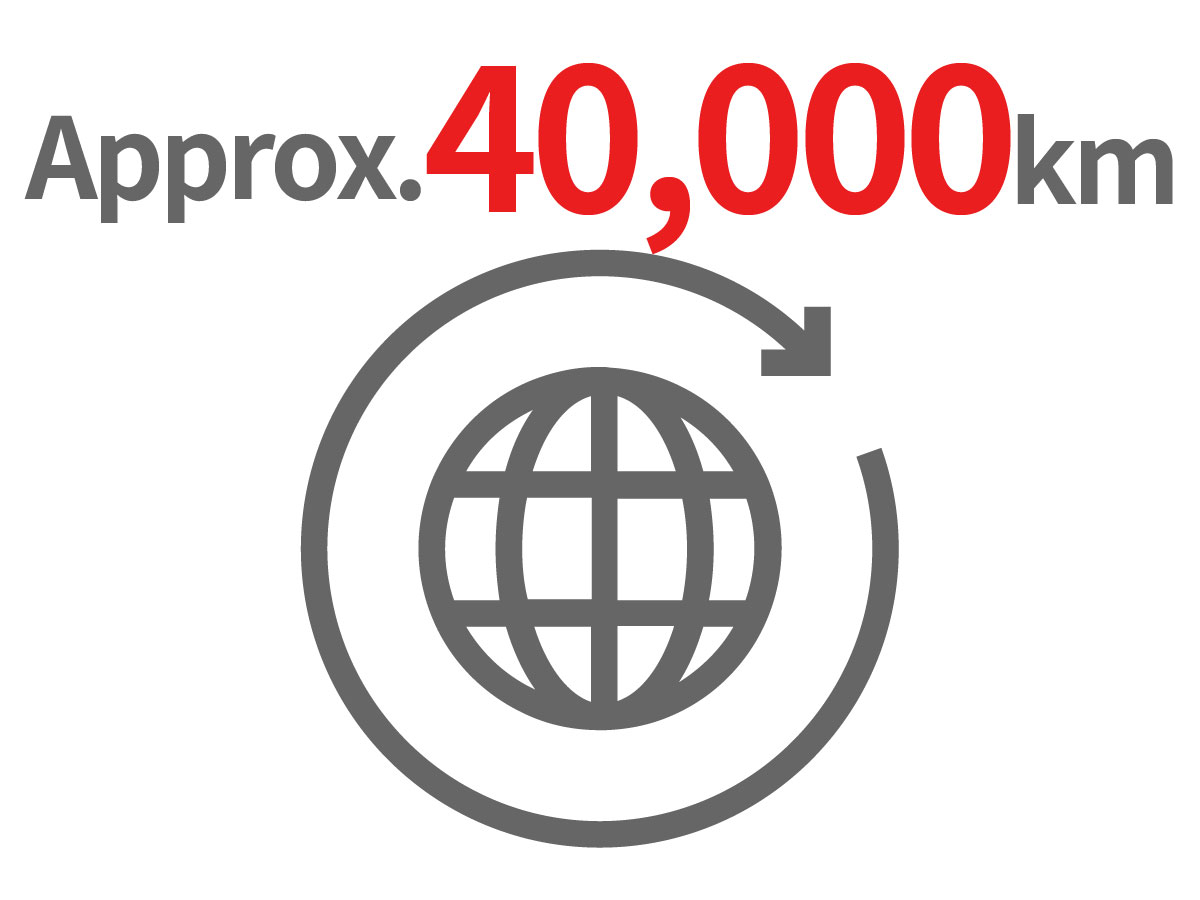
What are power transmission lines?
Power transmission lines are used to connect power stations and substations, and for connections between substations, in order to efficiently transmit large amounts of electricity at high voltage without loss, and therefore play a crucial role in providing electricity.
TEPCO Power Grid currently has transmission equipment that mainly ranges from 66,000 V to 500,000 V. This equipment includes ultra-high voltage equipment ranging from 275,000 V and 500,000 V that is used for long-distance transmission of high-capacity electricity from power stations. The voltage of electricity transmitted by use of ultra-high voltage equipment is reduced to 154,000 V and then 66,000 V when nearing consuming areas, and then is further reduced to a voltage of 6,600 V at distribution substations, so that it can be used on the power lines hung along utility poles before finally reaching our customers.

Circuit Lengths of Overhead and Underground Transmission Lines
The table shown below indicates the amount of equipment in use at the end of FY2016. Overhead transmission lines consist of a route length of 14,781 km and circuit length of 28,365 km, with 50,369 supports, while underground transmission lines consist of a route length of 6,391 km and circuit length of 12,325 km.
The combined circuit lengths of overhead and underground transmission lines total approximately 40,000 km, which is equivalent to the circumference of the earth.
As of the end of FY2016
| Voltage (kV) |
Overhead | Underground | |||
|---|---|---|---|---|---|
| Route Length (km) | Circuit Length (km) | Number of supports (units) | Route Length (km) | Circuit Length (km) | |
| 500 | 2,453 | 4,520 | 5,281 | 40 | 79 |
| 275 | 1,169 | 2,320 | 3,205 | 404 | 1,151 |
| 154 | 2,953 | 6,000 | 10,108 | 311 | 762 |
| 66 | 7,706 | 14,981 | 24,852 | 3,573 | 6,734 |
| Below 55 | 500 | 544 | 6,923 | 2,064 | 3,599 |
| Total | 14,781 | 28,365 | 50,369 | 6,391 | 12,325 |
(Notes)
1.Route length refers to the total length between two points on a line (horizontal length between supports). Circuit length refers to the sum of the route length of each circuit on a line.
2.Due to the Accounting Rules for Electricity Business amendment (effective from March 29, 2000), distribution facilities with voltage over 20 kV have been included in transmission facilities since FY1999.
3.The sum is not equal to a total of breaskdown due to rounding.
The Highest Tower
The height of our highest tower is 149 m off the ground, the same height as a 40-story building.
This transmission tower functions to transmit ultra-high voltage of 500,000 V. In addition to the steel tower, equipment includes insulators and power lines, it also uses equipment larger than that for 66,000 V used in city centers.
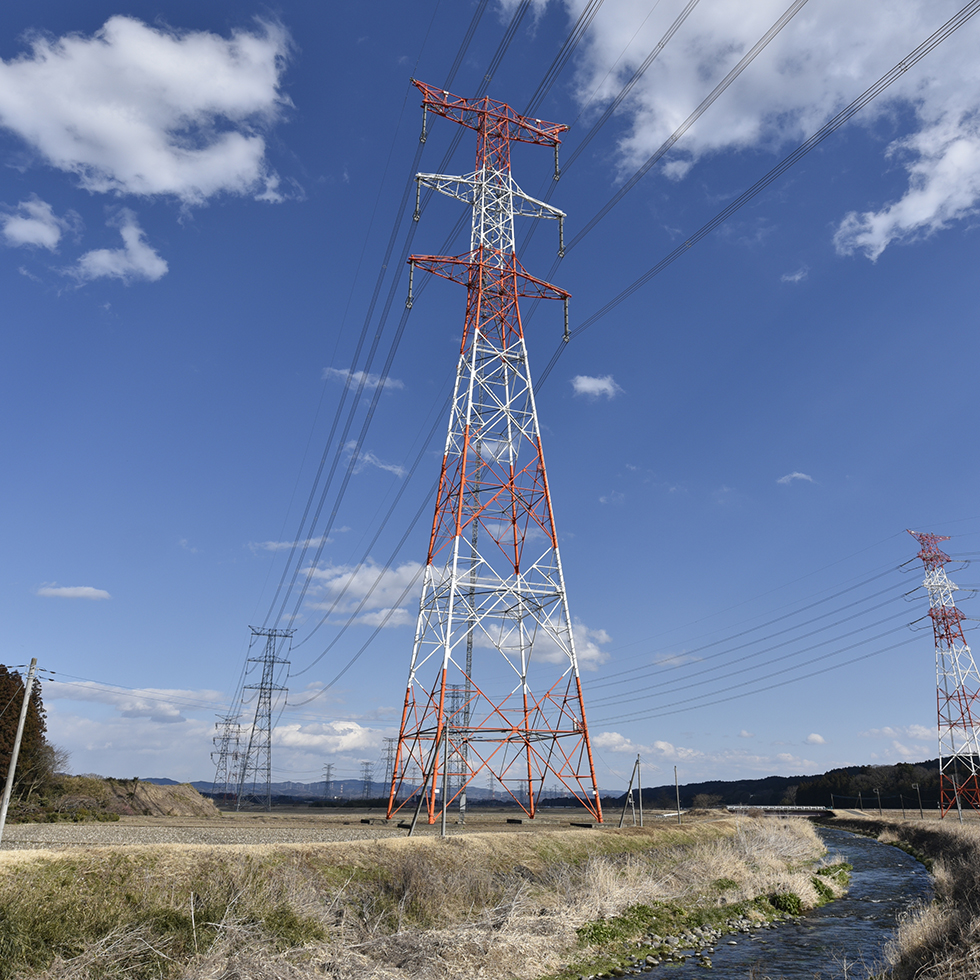
Underground Transmission Cables
It is difficult to obtain the land required for constructing towers in cases where electricity will be transmitted through city centers, and other areas that are crowded or full of multi-storied buildings such as densely populated areas and commercial districts. In such areas, underground transmission lines are used for transmission instead of overhead lines. Underground transmission lines are different from overhead lines in that the transmission lines have to be installed into extremely narrow location such as underground service tunnels and manholes, making it necessary to provide the cables with safe insulation that allows them to be touched.
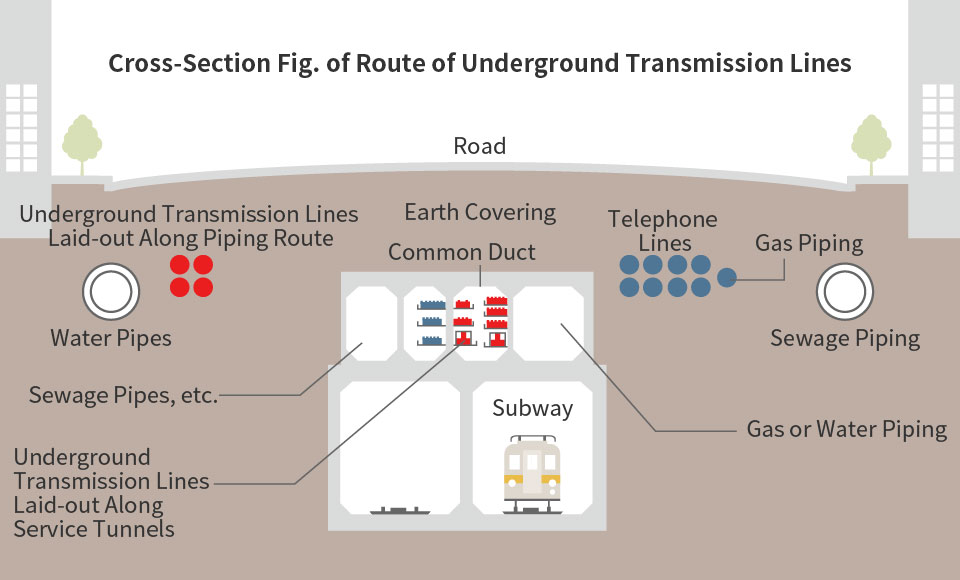
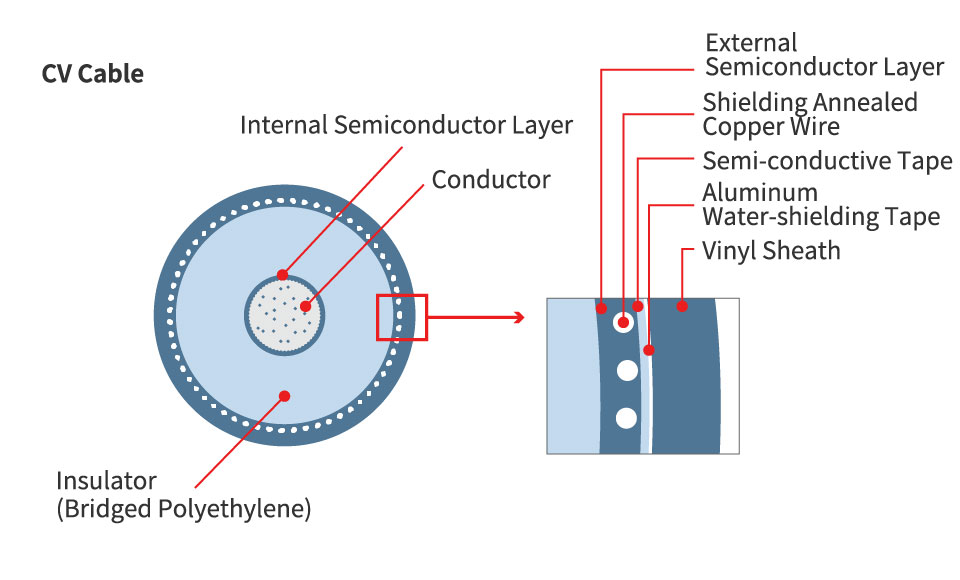
Rate of Conversion to Underground Transmission Lines
The transmission of electricity in urban centers where high-rise buildings line the streets requires supply reliability, low-loss transmission, and harmony with the cityscape. To achieve this, TEPCO Power Grid uses underground transmission lines to transmit electricity at ultra-high voltages, such as 500,000 V and 275,000 V, with more than 90% of the transmission lines within the 23 wards of Tokyo being underground.
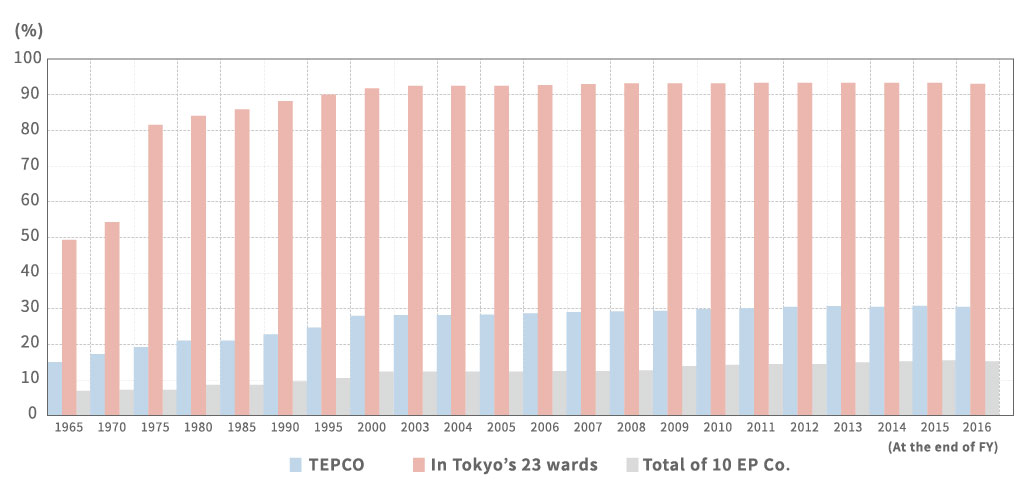
Notes:
1. Underground conversion rate = (Underground power lines (circuit length) / overhead lines (circuit length) + underground power lines (circuit length)) × 100 (%)
2. Since the accounting regulations for electric power businesses were revised (in effect since March 29, 2000), all power distribution equipment with a capacity of 20,000 V or more has been classified as power transmission equipment since FY 1999.
3. For a total of nine companies without the Okinawa Electric Power Company until FY 1985










